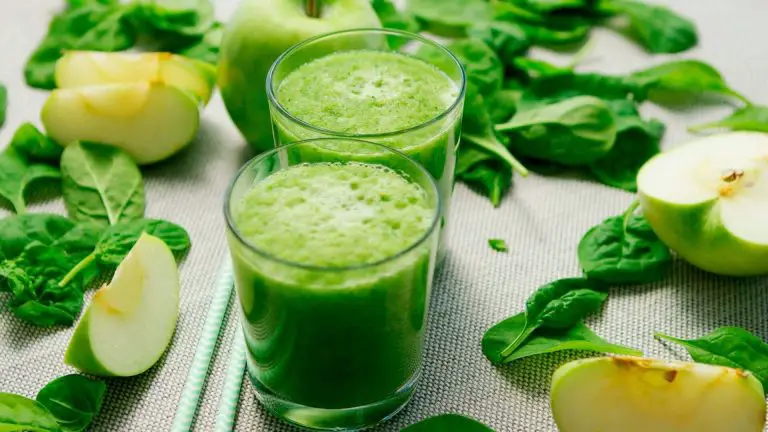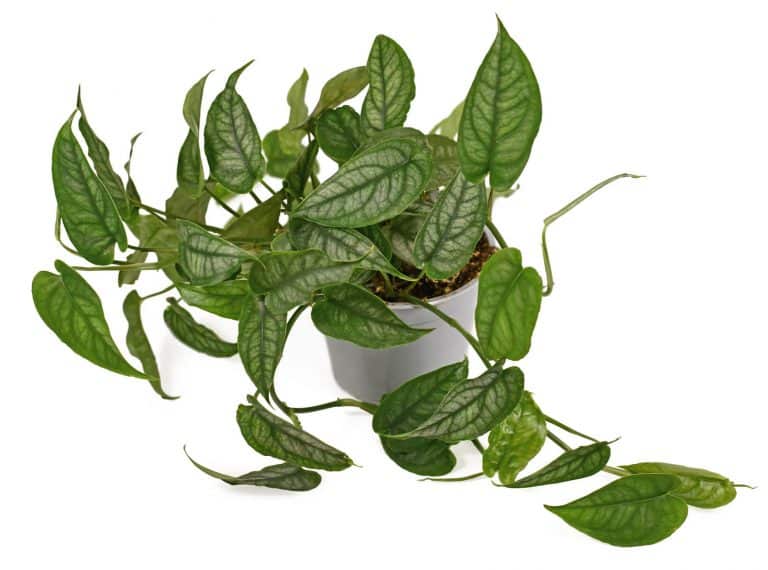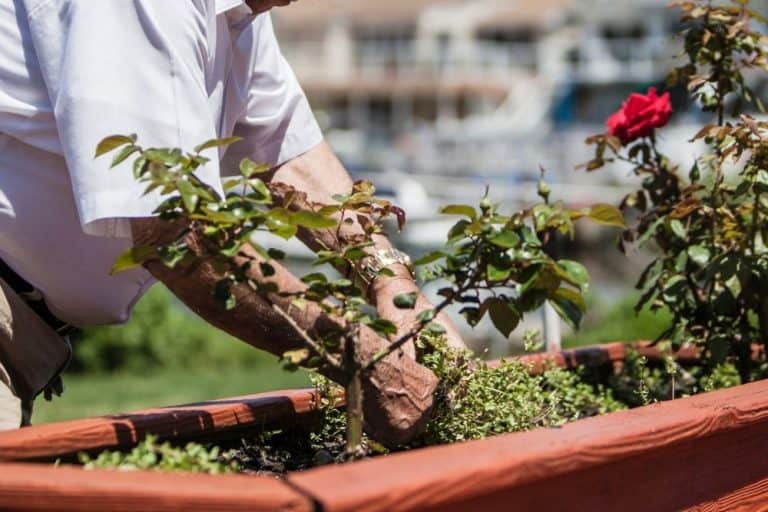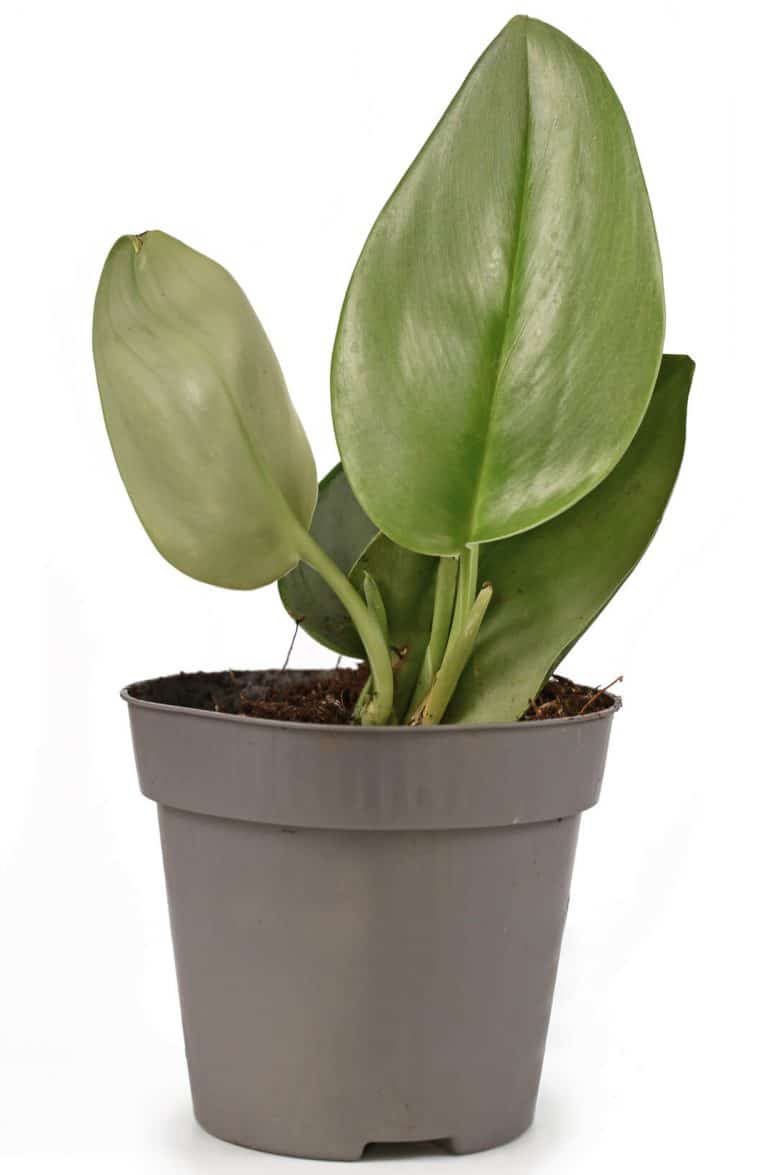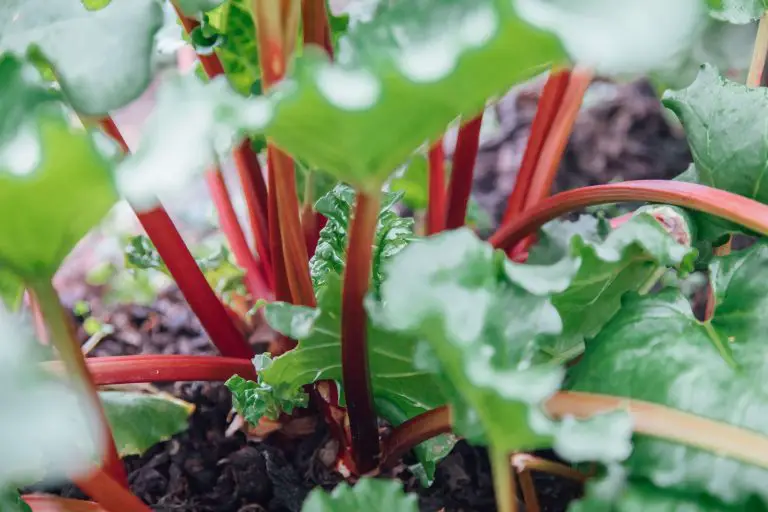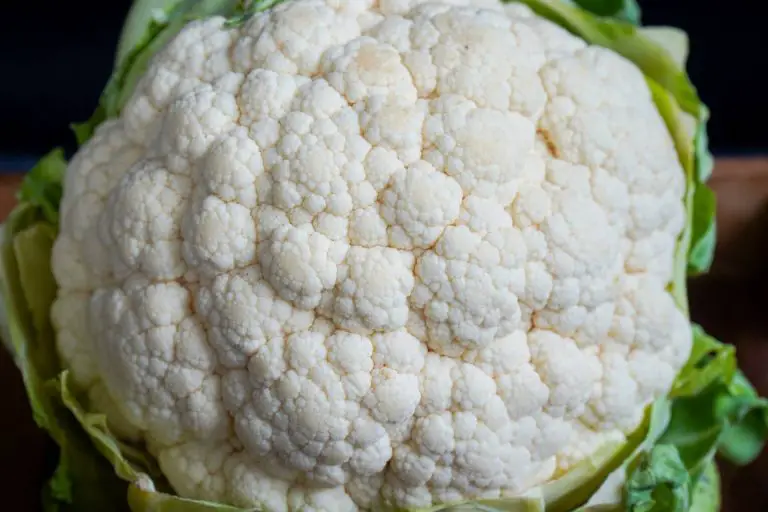How To Trim Basil Plant Without Killing It & What To Avoid! [2023]
Do you want to know how to trim basil plant without killing it? If the answer is yes, then you’ve come to the right place!
Basil is a flavorful herb, and it is used widely across different cuisines in the world. It is easy to grow and can go from seed to harvest period in less than a month!
As basil is a quick-growing plant, you might want to know how to continually harvest basil without overdoing it and harming the plant.
In this post, I’m going to share some tips on how to prune basil plant without killing it. Read on to find out more!
At a glance, we will be looking at the following:
- How To Trim Basil Plant Without Killing It
- Best Time To Trim Basil
- Types Of Equipment You Should Use To Trim Basil
- Use A Herb Scissors
- Use Sharp Pruning Shears
- How To Store Freshly Trimmed Basil?
- Place Fresh Basil In Water
- Wrap Fresh Basil In A Paper Towel
- How To Dry Basil?
- The Air-Dry Method
- Use An Oven
- Use A Microwave Oven
- Use A Dehydrator
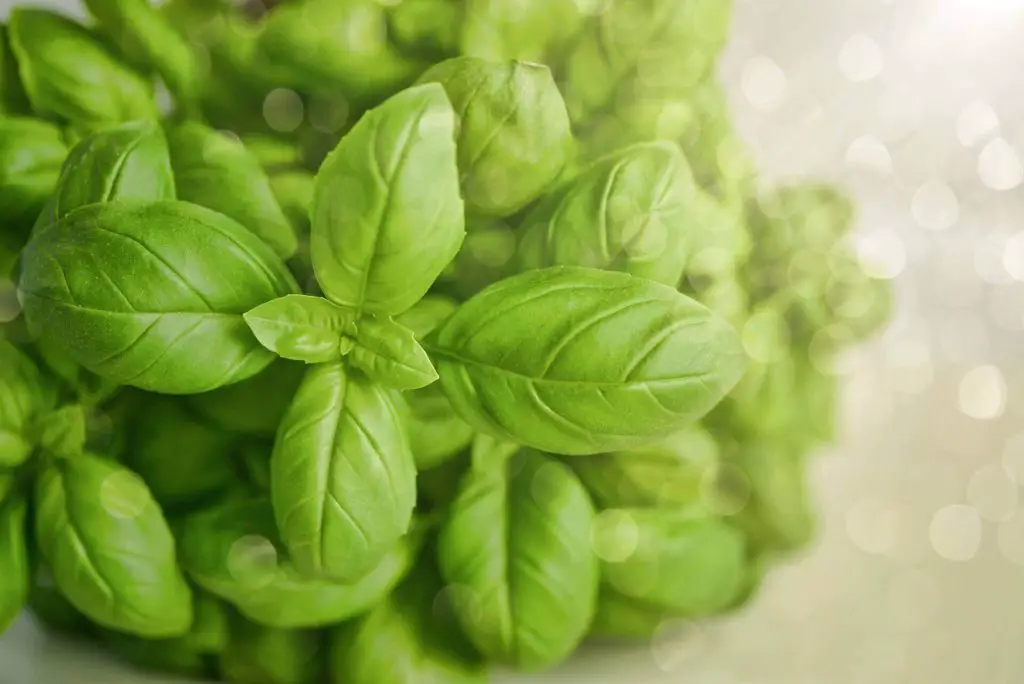
Affiliate Link Disclosure
Some of the links here are affiliate links, and I may earn if you click on them, AT NO EXTRA cost to you. I hope you find the information here useful! Thanks!
Related Posts
- How To Harvest Basil Seeds- The RIGHT Way!
- Hydroponic Basil – A Guide to Keeping It Fresh and Healthy
- How Often Should You Water Basil [+Growing Tips]
How To Trim Basil Plant Without Killing It?
If you’re wondering how do you trim basil without killing it, you’re not alone. Whether you want to harvest basil for your dish or trim it to promote growth, you’ll need to ensure that it is done correctly, so it doesn’t damage the plant or, worse, kill it.
How do you trim a basil plant correctly?
Before we explain how to prune a basil plant, determine the quantities of basil you want to harvest and the size of the basil plant before cutting it. Ideally, it should be at least 15 to 20 cm tall before considering pruning it.
For small quantities:
- Step 1: Try to pick the basil leaves from the top of the plant. Trimming leaves from the bottom of the plant will make it look scraggly and top-heavy.
- Step 2: With your thumb and index finger, pinch around 2-3 leaves off from the top of the stem or use a snipping tool to snip the leaves off.
- Step 3: Do not yank the plant roughly, as it might tear the stems and introduce diseases to the plant, subsequently killing it off.
Pro tip: It is important to note that pinching or snipping individual leaves from the plant doesn’t necessarily promote growth.
A new pair of leaves will grow from the pinched stems, but it wouldn’t grow so quickly compared to pruning the whole stem section.
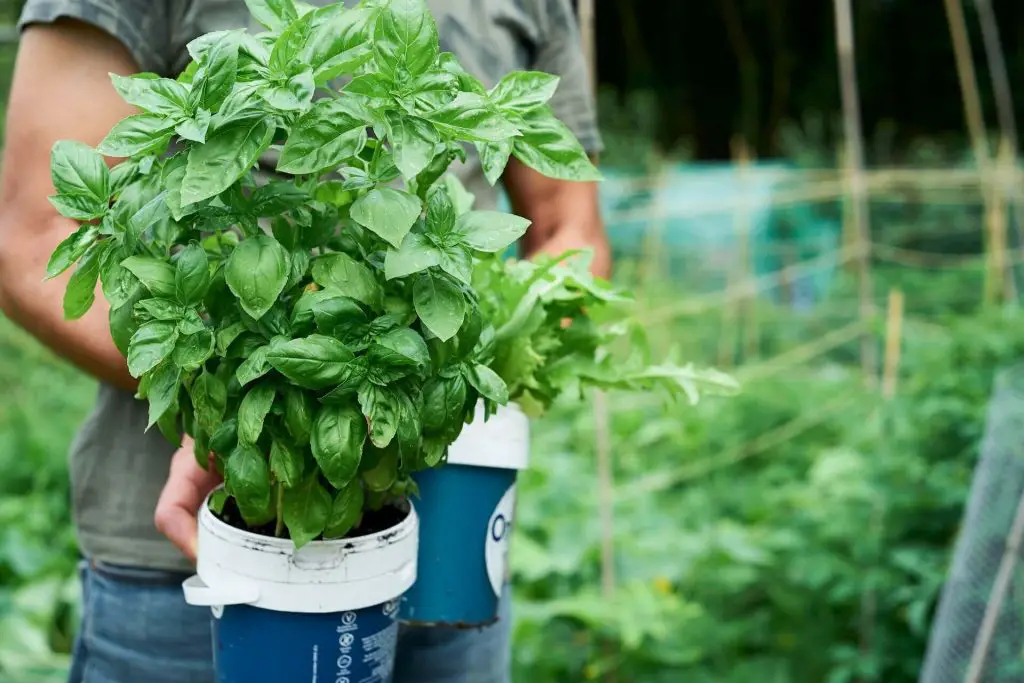
For larger quantities:
- Step 1: Before you start pruning basil plants, make sure the plant grows to around 6-8 inches and has 3-4 pairs of leaves. This does not include the young shoots near the bottom of the plant.
- Step 2: Trim the basil plant without killing it by cutting around ¼ inch from the top.
- Step 3: Snip off ¼ inch above the leaves. Remember, do not be greedy and cut more than ⅓ of the stem.
- Step 4: Trim it using this strategy all around the plant. Do not focus only on one side of the basil plants, or else it will grow unevenly (bushy on one side and scraggly on the other side).
Pro tip: Watch out for basil flowers! It is important to monitor your basil plant and ensure it doesn’t flower.
The taste of the basil might turn bitter if the basil plant is allowed to flower. Plus, it wouldn’t regrow, and the flavor of your basil plant would change. Snip off the basil flowers and yellow basil leaves whenever you spot them on the plant.
If you want to know how to use a basil plant without killing it, read on for more tips on basil pruning and basil preservation.
- Pick your basil right before you air-dry them. This is to retain the moisture and freshness of the basil, so you get the maximum flavor out of it when adding it to your dishes.
- You can pick the leaves from any part of the basil plant if your goal is to dry the basil enough to store the basil long-term without sacrificing the flavor.
- Personally, I prefer to snip off the older leaves first to dry basil. Use basil sprouts or young basil leaves for salads, pizzas, and other dishes for a smoother texture.
- Rinse the basil under cold water to remove dust and bacteria. Then, pat the basil leaves dry before drying them. If you dry the basil leaves with water droplets on them, you might cook the basil leaves instead.
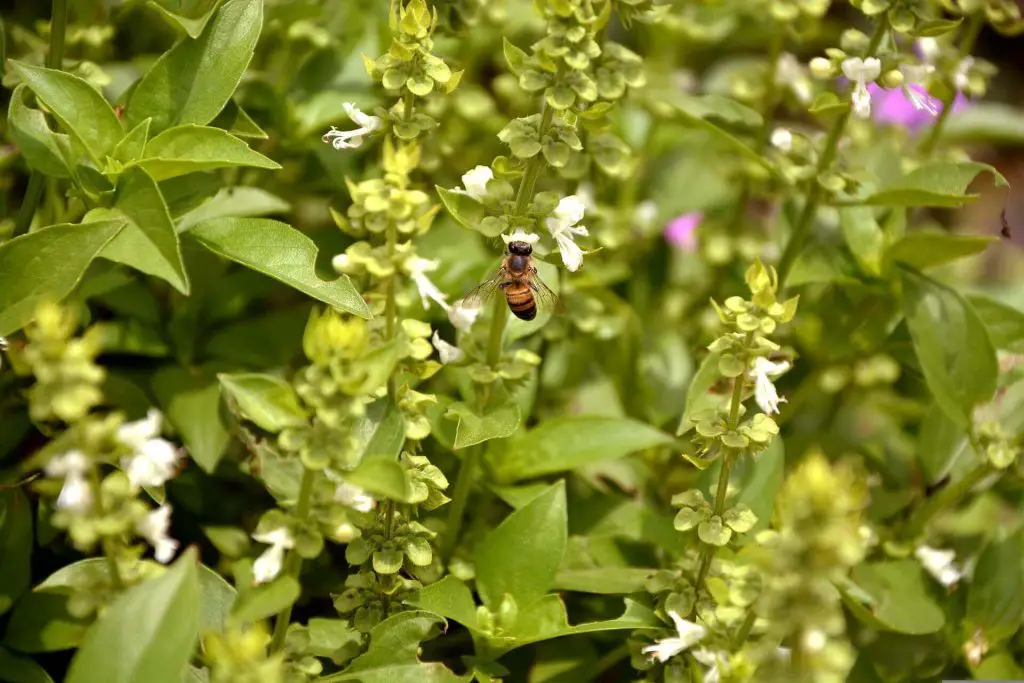
Best Time To Trim Basil
If you grow your basil seedlings from a pot, wait til it’s around 6-8 inches tall before you think about how to cut basil from plant. Remember, basil is a fast-growing plant. The more you prune it, the faster it will grow!
The best time in a day to trim basil is during the mornings after the dew has evaporated from your basil plant.
Trim it regularly during summer as that is the period when it grows fastest. When winter comes, it is best to harvest all the leaves or move the plant indoors, so the cold doesn’t kill the plant.
Types Of Equipment You Should Use To Trim Basil
How to cut basil, and what is the best equipment to prune basil?
If you’re wondering how to cut fresh basil, you might want to consider using proper equipment to prune your basil to stimulate growth and reduce the risk of infectious diseases.
1. Use Herb Scissors
If you grow many herbs at home, it may be worthwhile to consider getting a pair of herb scissors. Not only can you use it in the garden, but you can also use it in the kitchen to cut your garden herbs before you add them to your dishes.
2. Use Sharp Pruning Shears
If you’re an avid gardener, you will probably have one or two trusty shears around your nursery. Otherwise, invest in a good pair of high-performance shears so you can also prune other large and woody plants.
3. Use Your Hands
If you have neither of these pieces of equipment and wonder how do you trim basil, fret not!
You can still use your hand to pinch the stems but remember, do it gently, as you don’t want to spoil them. You will risk tearing the stems if you pinch the leaves roughly, and diseases will infect your plant easily through the stems.
How To Store Freshly Trimmed Basil?
Do you know that it is extremely tricky to keep basil fresh? I bought fresh basil once to add to my pizza, only to find it wilt within hours in my fridge! There are two ways to keep basil fresh.
1. Place Fresh Basil In Water
Tie your harvest in a little bouquet and place it in a jar of water. Protect the basil by placing a plastic bag over it so it wouldn’t be contaminated by other food items in your fridge.
This method will keep your basil fresh as long as possible, around 1-2 weeks, depending on the storage condition.
2. Wrap Fresh Basil In A Paper Towel
After harvesting your fresh basil, rinse them under running water and pat dry. You may leave a little moisture on the leaves, so it doesn’t shrivel dry.
Wrap them up with a dry kitchen towel and seal them in a zip-lock bag. Your basil will stay fresh for 1-2 weeks!
How To Dry Basil?
Since basil grows so quickly, you might wonder what’s the best way to preserve basil long term. There are a few ways to dry basil, but each method has its own pros and cons when it comes to flavor retention, time, and energy consumption.
1. The Air-Dry Method
Air-drying your basil retains most of its flavor compared to other methods, such as using an oven or dehydrator. You can dry your basil naturally by laying it out to dry in the air.
I know some articles suggest bundling the basil leaves and hanging them in the kitchen but coming from a humid country, I prefer to remove the leaves from the stem, lay them flat on an oven tray, and place them near a well-ventilated area instead.
It will take anywhere from 2-4 weeks to dry your basil leaves, depending on the humidity level. Flip the leaves once in a while to check if there’s mold.
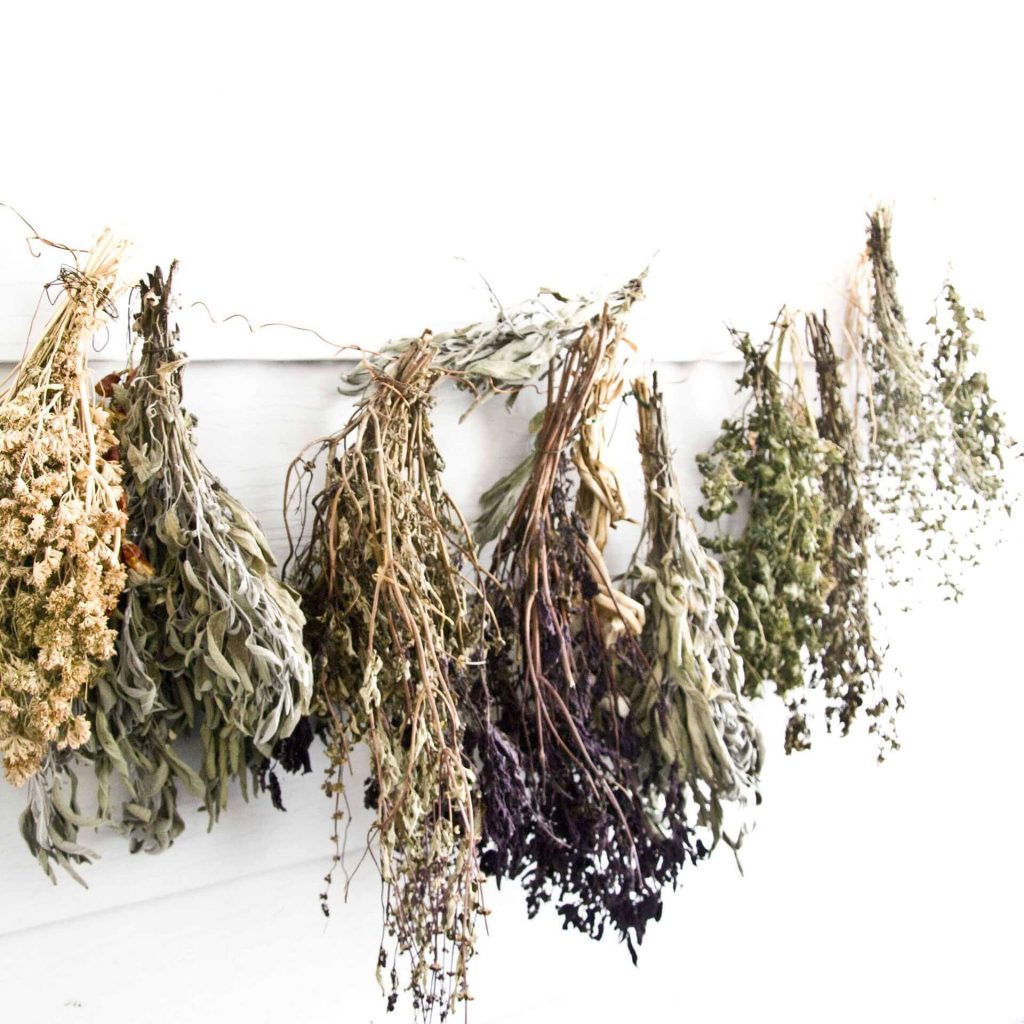
2. Use An Oven
Pre-heat your oven at the lowest temperature settings, preferably below 180°F. Don’t worry if your oven’s lowest temperature is slightly higher than others; just leave the oven door open to keep the temperature down.
Before oven-drying your basil leaves, rinse them thoroughly with running water to eliminate dust, dirt, or pests on the leaves.
Wring off the excess water and pat dry the basil leaves with paper towels.
Yes, I know it seems counterintuitive since the leaves will be laid to dry in the oven later, but leaving water droplets on your basil leaves may cook it instead, which I’m pretty sure that’s not the result you want.
Spread your basil leaves evenly on parchment paper, so the hot air from the oven flows evenly throughout the leaves, drying them evenly.
Don’t crowd parchment paper with overlapping leaves, as the air won’t penetrate every leaf. This will result in uneven drying and wet patches on the leaves.
Check the leaves every now and then once you pop them into the oven. Fully dried basil leaves should be dark green in color and crumble when you touch it.
Depending on your oven setting and fan speed, it will take around 2-3 hours for the oven to dry completely.
Take it out from the oven to let it cool once it’s fully dried. Do not store it in containers immediately, as the heat might trap moisture and grow mold.
3. Use A Microwave Oven
If you think the air-drying method takes too long, try using a microwave oven. This is the quickest way to dry basil, but it is also a method that least retains its flavor.
Spread the fresh basil leaves evenly on a microwave-safe dish. Depending on your microwave setting, microwave it until it turns dark green and brittle.
Personally, I set my microwave settings to High and microwaved the leaves for 2 minutes. Check every 30 seconds to ensure it’s not burnt, as different microwaves have different voltage settings. You wouldn’t want burnt basil leaves, don’t you?
Similarly, let the basil leaves cool down completely before storing them in an airtight container.
4. Use A Dehydrator
Similar to the oven method, place the leaves evenly on the dehydrator tray and allow it to dehydrate at the lowest temperature setting. Feel free to use the herb function, as some dehydrators may have the setting to dehydrate herbs.
It will take around 5-7 hours to completely dehydrate the leaves, depending on the size and moisture content of your basil.
FAQs On How To Trim Basil Plant Without Killing It
How Do You Prune Basil So It Keeps Growing?
How do you prune basil so that it keeps growing? Pinch the leaves from the top to encourage lateral growth. If you think that this will hurt the plant, don’t worry!
Basil is a fast-growing plant and will continue to grow this way quickly, so you can keep pruning the plant even if it gets larger and bushier.
Can You Cut All The Leaves Off A Basil Plant?
Can you cut all the leaves off a basil plant? Yes, you can cut all the leaves off a basil plant! If you forgot to prune your basil plant for a few days and it produces flowers, don’t worry.
To encourage new growth, you can cut the entire plant back by half to encourage regrowth. Cut the flowers and place them on a small vase for decoration. Otherwise, you can also add some to your salad—they are edible!
Look at this video on how to prune basil:
When Should Basil Be Pruned?
Wondering when should basil be pruned? Basil should be pruned every two to three weeks. If you think that’s going to hurt your plant and reduce the production of basil, fret not!
This will only encourage the basil plant to continue growing so you can have an endless supply of basil in your kitchen.
Does Basil Regrow After Cutting?
Does basil regrow after cutting? Yes, basil does regrow after cutting. When you clip basil stems back into a fresh set of leaves, you force those leaves to grow, doubling the basil produced on that stem.
Keep doing that, and your young basil plant will grow into a bushy basil plant in no time!
Well, I hope you’ve learned all you need to know about how to trim basil plant without killing it!
Basil is a versatile herb and a great addition to your garden. Remember, only prune healthy basil plants when it grows up to 15cm – 20cm in height.
This is because unhealthy basil with wilted leaves and stunted growth may be a warning sign that your basil plant is infected with plant disease.
Don’t forget to store your basil properly after trimming it! Add it to your cooking to intensify flavors in tomato dishes, Mediterranean dishes as well as Asian dishes.
By following these simple tips, I’m sure you’ll be able to harvest plenty of basil consistently. Have you tried trimming your basil plant with our tips?
Related Posts
- How To Harvest Basil Seeds- The RIGHT Way!
- Hydroponic Basil – A Guide to Keeping It Fresh and Healthy
- How Often Should You Water Basil [+Growing Tips]






